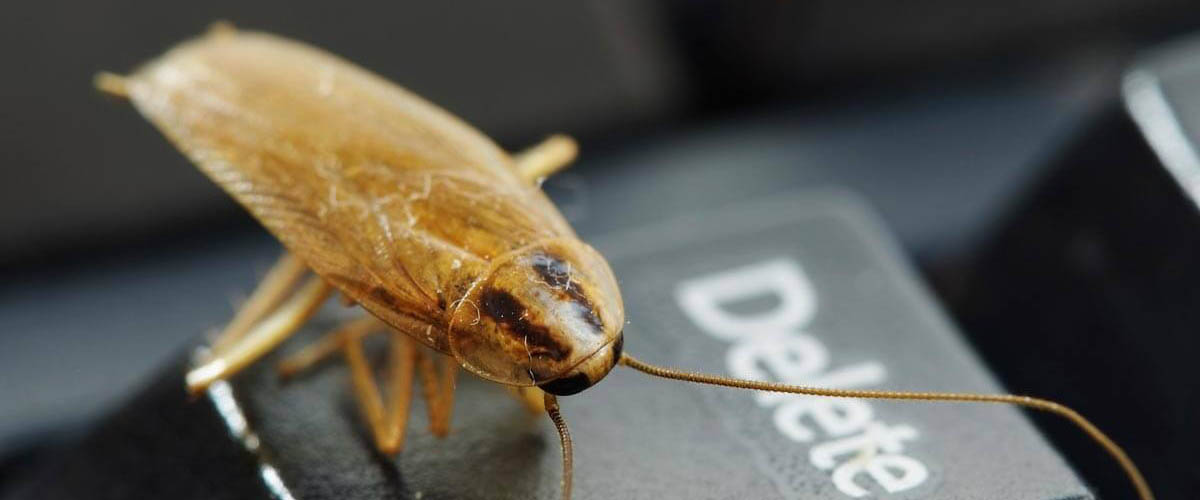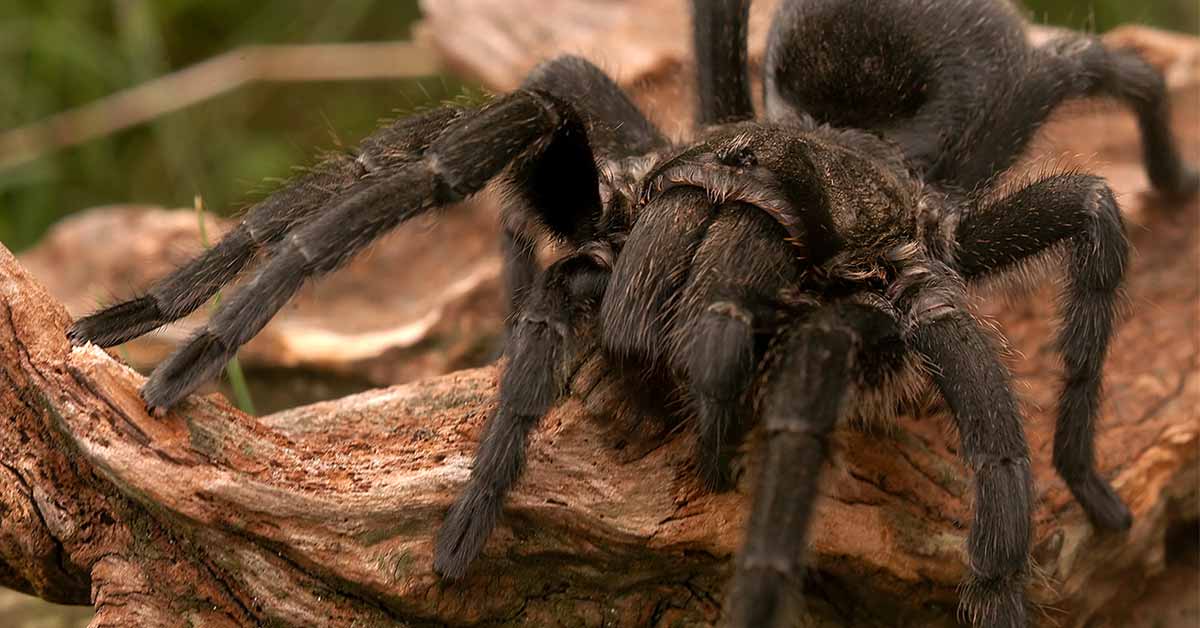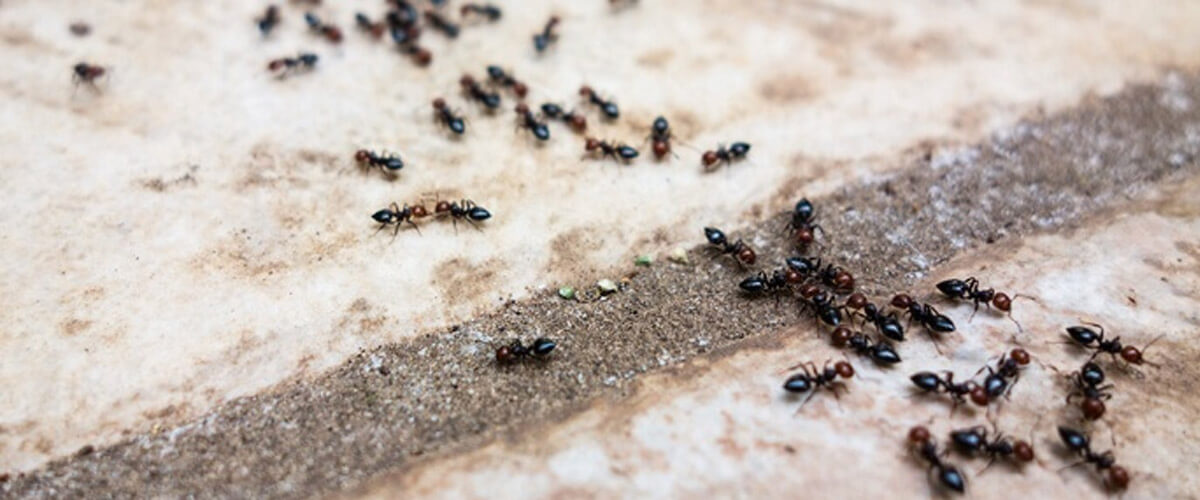5 Fascinating Facts About Roaches
According to fossil evidence, cockroaches have inhabited the earth for over 300 million years.1 Of about 3,500 species worldwide, 55 are found in the United States. Of those species, the aptly named American cockroach is among the most common.1
Roaches belong to the family of insects called Blattaria, a group characterized by flattened bodies and two pairs of wings.2 While all cockroaches have wings, only some fly.3 In fact, most roaches are better adapted for running. If you've ever seen roaches scurry after you've turned on a light, you know first hand how well these bugs run.
5 FACTS ABOUT COCKROACHES
Although the commonly held belief that roaches would survive a nuclear attack is a myth, they can withstand 10 times more radiation than humans.3 While there are many myths surrounding this pest, there are plenty of factual reasons to keep cockroaches out of your home.
1. Roaches are excellent climbers, thanks to the brush-like pile on their legs and feet. Thousands of tiny pillus ends work together to create a suction cup-like force that allows them to climb steep vertical surfaces.4
2. Roaches will eat almost anything, including feces containing pathogens. Additionally, as they walk over food and surfaces, they defecate, contaminating those items and spreading pathogens.3
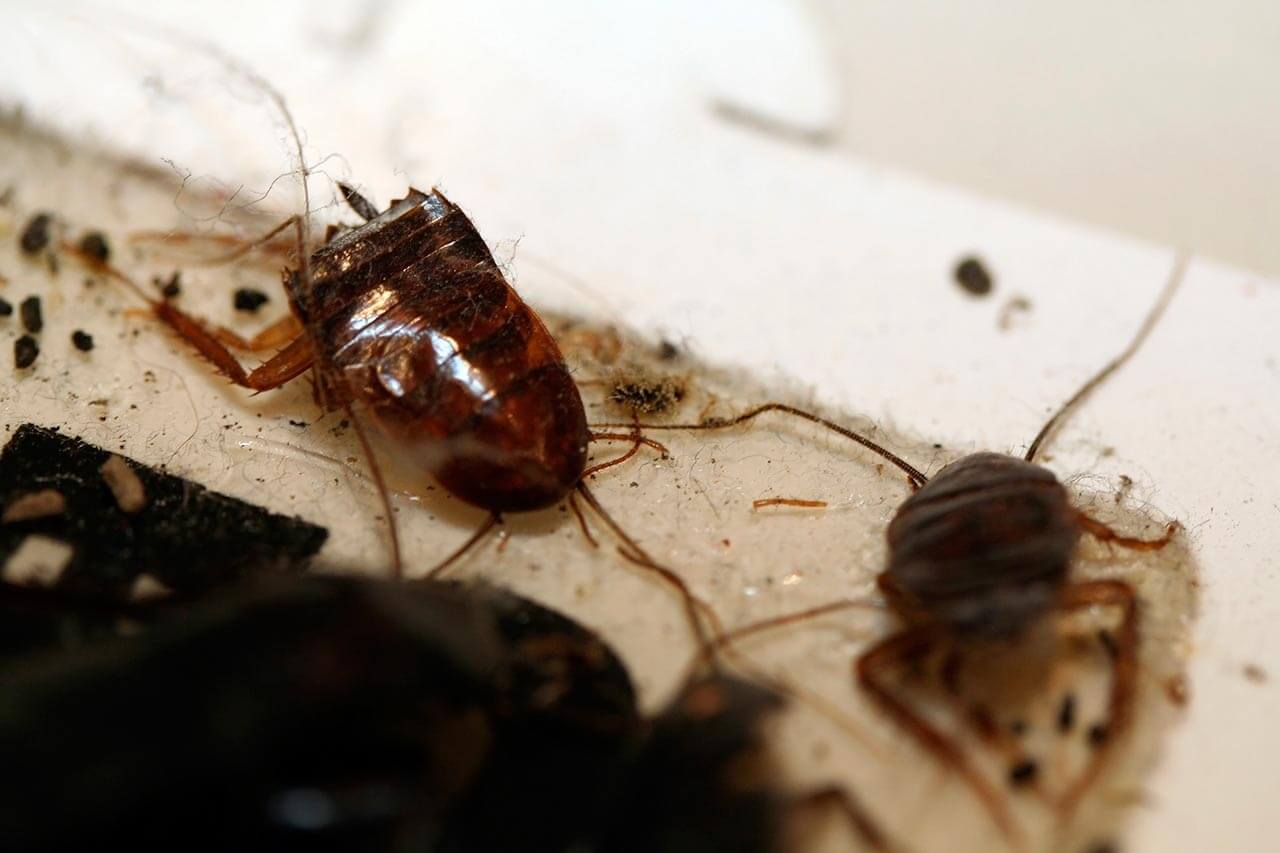
Roach droppings can transmit dangerous bacteria to food.
3. While most types of roaches don't use their wings to fly, some species do use them to communicate. For example, some roaches rub their wings together to attract the opposite sex. Many also hiss to startle predators, creating an opportunity to escape.5
4. Roaches produce allergens that can cause an allergic response in humans. In fact, 30 million people in the U.S. are allergic to roaches.3 When cockroaches shed skin or defecate, proteins produced in their bodies are released into the environment. These proteins become airborne allergens that cause allergic responses in humans.
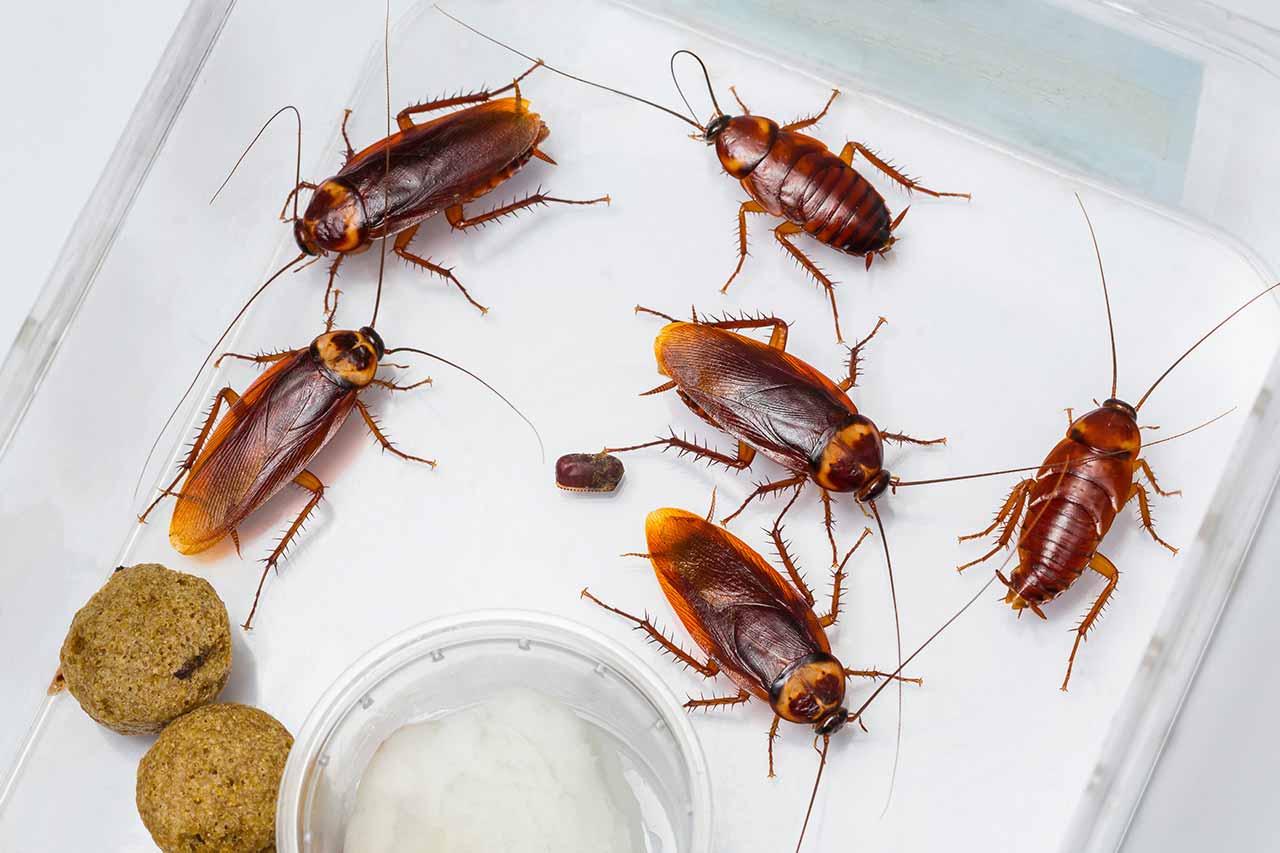
Roaches can spread disease and cause allergies.
5. Roaches prefer temperatures between around 75° and 85° Fahrenheit.4 As outdoor temperatures drop in the fall and winter months, roaches can become a big problem indoors. Once established in a warm environment, it is unlikely they will transition back outside, even when outdoor conditions are favorable.
Roaches are more than an inconvenience; they pose a health risk. By the time you see these insects, you may already have an infestation. Prevent cockroaches from entering your home with Amdro Quick Kill Insect Killer for Lawn & Landscape Ready To Spray or Amdro Quick Kill Insect Killer for Lawn & Landscape Concentrate. Apply this product to the perimeter of your home to lock roaches out for up to three months.
Amdro Quick Kill is a registered trademark of Central Garden & Pet Company
Sources:
- Steve Jacobs, "American Cockroaches," Pennsylvania State University, January 2013
- "Order Blattaria," Texas A&M University
- Angela Simental, "NMSU Professor Answers 10 Myths About Cockroaches," New Mexico State University, February 2014
- "The Cockroach FAQ," University of Massachusetts, Amherst , October 2015
- George Hammond, "Blattaria," University of Michigan BioKids

